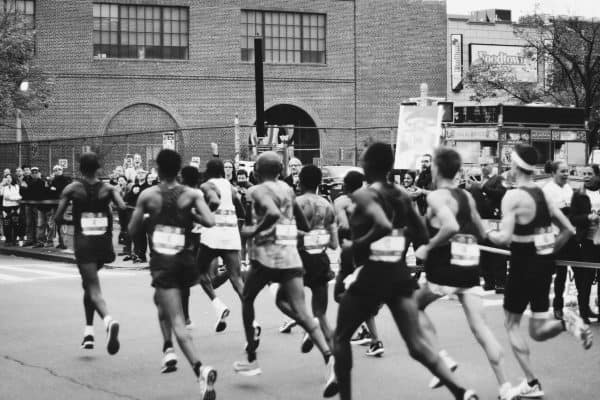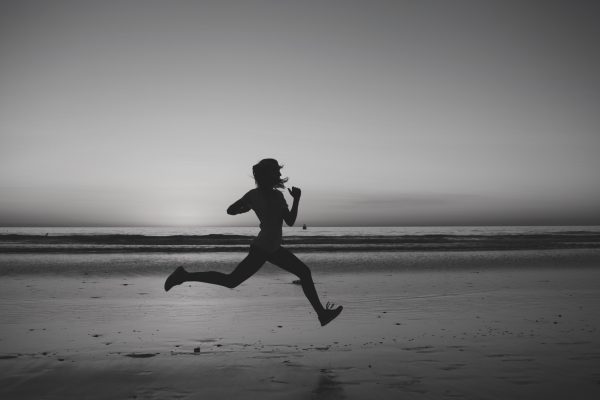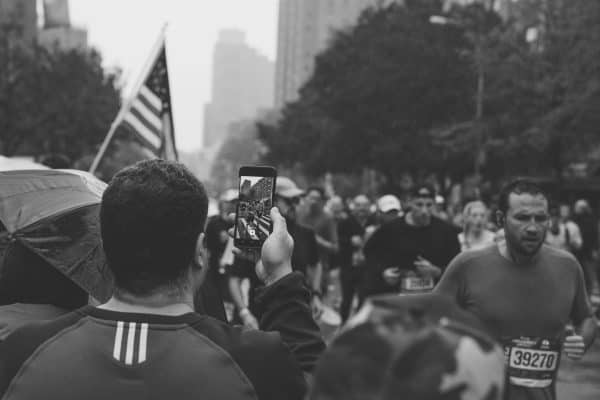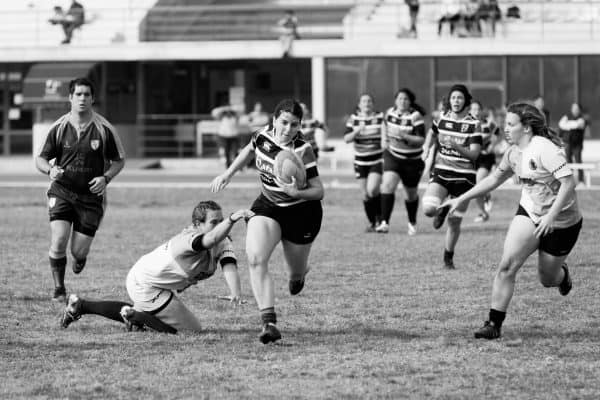In another article, we’ve explained that you CAN change the way you run with lasting effects. More importantly, SHOULD you change your running gait? As always, there are arguments for an against, so let’s look at them more closely.
FOR
Symptom modification
If running is causing you pain, sometimes your body needs a short break to allow injury and inflammation to settle. If suboptimal biomechanics were causing the pain, then returning to run with those same mechanics is likely to yield the same result!
According to the research:
A 2010 study reported that real-time gait retraining resulted in a complete reduction of pain during running in subjects with patellofemoral pain syndrome (Noehren et al., 2010).
The changing of step rate has also been shown to reduce joint forces and, consequently, pain in people with certain types of knee pain (Lenhart et al., 2014). This biomechanical adjustment not only alleviates pain but also promotes a more efficient running style, thereby reducing the risk of further injuries.
Injury risk & prevention
A systematic review (huge study) showed that biomechanical risk factors, including increased impact loading and abnormal gait mechanics, are closely linked to the development of running-related injuries (Ceyssens et al., 2019).
The review noted that impact loading, particularly the vertical loading rate, has the strongest association with lower extremity overuse injuries.
Running economy
Running economy refers to how much energy it takes to run at a given speed. Ie, the more economical your running technique, the easier it is to run.
Assessing and then tweaking your running gait can help to reduce some of the deceleration forcers acting through your body every step, which means you might be able to run at the same speed as usual but require less energy consumption to do so.
AGAINST
Robbing Peter to pay Paul
Forces don’t simply vanish when you adjust your running technique; they are merely shifted to different areas. For instance, if you’re dealing with knee pain and decide to increase your cadence, the load on your knee might decrease, but your calves and feet could bear a proportionate increase in strain. The question is: do your feet and calves have the strength to handle this new load?
If it ain’t broke don’t fix it
If your running is going well, you don’t have any persistent niggles or long term history of injury then we’d suggest carefully considering whether or not changing your running gait will be of benefit to you.
To summarise, the decision as to whether or not your running gait needs wholesale change is individual and should be made collaboratively with you and your treating physio.







